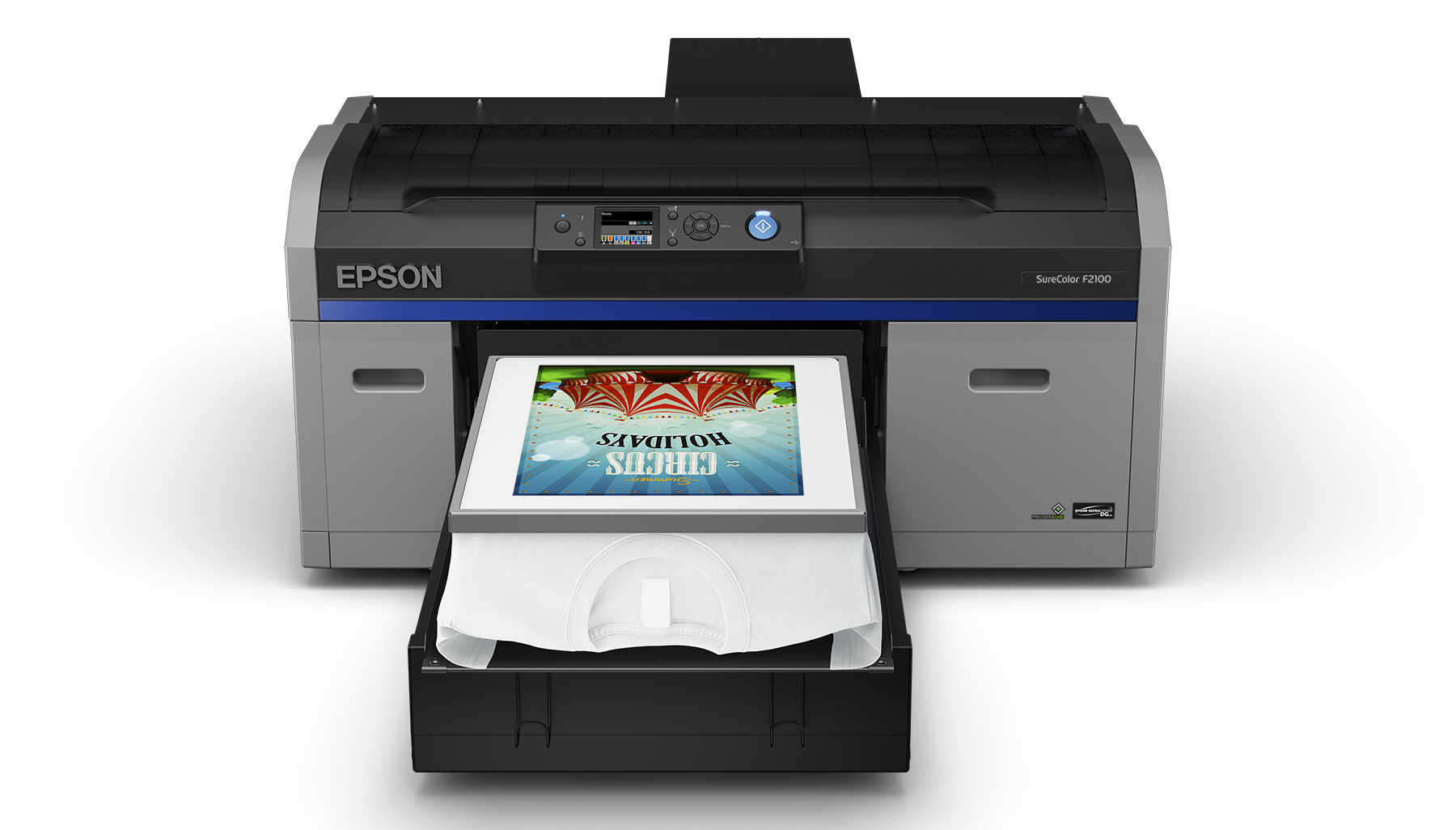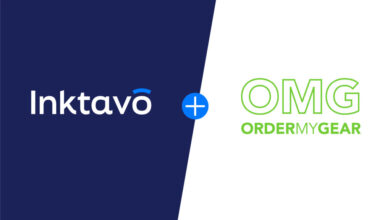Direct-to-garment (DTG) printing technology has advanced to benefit both small and industrial-level print shops, meeting the increasing and evolving market needs for custom and personalized orders and new and unique product offerings. As demand continues to surge, high-quality DTG printers can help print shops better fulfill orders and provide quicker turnaround times for customers.
When looking for the ideal DTG printer, it’s essential to consider multiple factors: reduced maintenance time, longevity, reliability, easy-to-learn and intuitive workflow, and lower operational costs. For long-term success, print shops that prioritize high-quality equipment, maintenance, and longevity can help maximize productivity and deliver consistent, dependable results for customers.
Printer maintenance
When it comes to the printers we rely on, it’s essential to make sure they are running as smoothly as possible. Printers equipped with automated maintenance capabilities — including integrated self-cleaning systems that can perform daily and automatic maintenance — help reduce overall maintenance expenses and save time. In addition, DTG printers that include a quick-load platen lessen the time it takes to load garments by using the quick-load grip pad instead of traditional platen hoops.
In addition to searching for and investing in a robust printer, it’s critical to perform routine maintenance procedures and have a thorough maintenance plan. Taking good care of your printer will ultimately help it live longer.
Routine maintenance helps keep the printer clean and ensures the printer’s functions and features are working correctly. I often recommend print shops do a nozzle check every day the printer operates and repeat selective cleanings as required. Starting each morning with a selective light cleaning on ink channels can also help maintain printer health.
Often one of the most critical maintenance measures isn’t even about the printer itself but about keeping the printer area clean — if the printer is idle and not in use, put a cover on it to protect it from dust and other particles and sweep up around the printer each day. Keeping the printer clean and performing regular maintenance routines can help with overall printer health and lifespan.
Longevity
The printer maintenance discussed above, and usage frequency can affect printer longevity. In addition to properly maintaining the equipment daily, weekly, and monthly, it’s important to look for DTG printers that are fully supported by the manufacturer and include warranty and service plans. If there are any unforeseen issues or questions, having priority technical phone support and timely, on-site service is essential for peace of mind and keeping your business up and running.
Additionally, it’s important to make sure your DTG printer comes with intuitive, easy-to-learn software that will be supported with updates. Software is a key component of DTG workflow, and regular firmware updates keep equipment secure and running efficiently.
While there are various options in the market today, investing in a DTG printer designed exclusively for DTG printing is essential for meeting the demanding needs of print shops. Purpose-built equipment allows print shops to make sellable products and deliver high-quality results for the long term without wasting time and increasing overall costs.
Today’s DTG printing technology comes equipped with various features ideal for print shops of all sizes. By investing in robust equipment and taking the time to thoroughly maintain them for the long-term, print shops can expand offerings for customers, better fulfill orders, and create significant opportunities for increased revenue.




